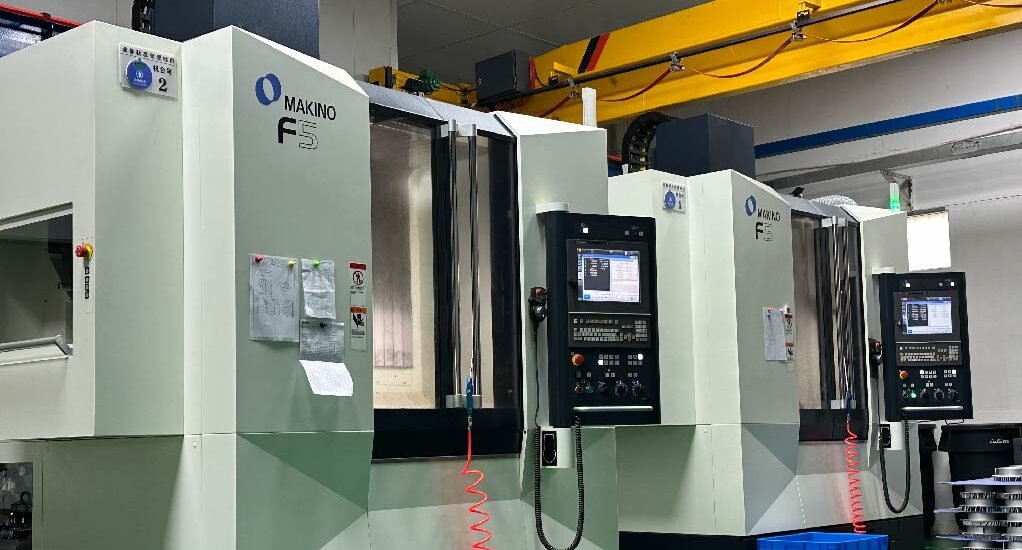CNC machining is a vital manufacturing process for creating precise, high-quality components. However, the cost of CNC production can quickly escalate if projects aren’t carefully managed. Whether you’re a startup or an established manufacturer, understanding the key cost drivers and how to optimize them can significantly impact your bottom line.
In this article, we’ll explore practical, proven strategies to reduce CNC costs without compromising on quality, precision, or reliability.
1. Optimize Part Design for Machinability
One of the most effective ways to reduce CNC machining costs is by designing parts with manufacturing in mind—commonly known as Design for Manufacturability (DFM).
Tips to follow:
-
Avoid unnecessary complexity such as sharp internal corners, deep cavities, and thin walls
-
Use standard hole sizes and thread types to reduce tool changes
-
Design symmetrical parts when possible for easier setups
A simpler design not only shortens machining time but also reduces tool wear and programming effort.
2. Choose the Right Material
Material selection can drastically affect both cost and machining time. Harder materials like titanium or Inconel are more expensive to machine than softer alternatives like aluminum or brass.
Cost-saving material tips:
-
Use aluminum for prototyping and general-purpose parts
-
Avoid exotic alloys unless necessary for performance
-
Consider plastic components if tolerances allow
Many reputable providers of cnc machining service offer material consultation to help you choose the most cost-effective options based on your application.
3. Minimize Setup Time and Operations
Multiple setups and complex fixturing can significantly add to labor costs.
Ways to streamline:
-
Design parts that can be machined in a single setup
-
Combine features to reduce the number of operations
-
Use modular fixturing for faster changeovers
Talk to your CNC vendor about simplifying fixture design and reducing re-clamping to save time and money.
4. Order in Batches
CNC machining has a fixed setup cost, regardless of whether you produce one part or 1,000. To minimize the unit cost:
-
Consolidate orders and batch similar parts
-
Standardize parts across assemblies to reduce tooling changes
-
Use forecasting to plan production runs more efficiently
Most CNC shops offer volume discounts, so the larger the batch, the lower the cost per unit.
5. Limit Tight Tolerances to Critical Features
Precision comes at a price. Holding ultra-tight tolerances across an entire part isn’t always necessary.
Best practice:
-
Identify which dimensions truly require tight tolerances
-
Allow standard tolerances (+/- 0.005″) for non-critical features
-
Consult your machinist for feedback on what can be relaxed
Reducing tight tolerances where possible allows for faster machining and fewer quality checks.
6. Use CNC-Friendly Features
Avoid features that are difficult or time-consuming to machine. Instead, aim for standard, tool-friendly geometry.
Examples:
-
Use filleted internal corners instead of sharp ones
-
Favor through-holes over blind holes
-
Design flat surfaces and avoid unnecessary undercuts
These changes can reduce tool wear, setup time, and overall machining duration.
7. Select the Right CNC Partner
Not all CNC shops are equal. Choosing the right partner ensures you get expert guidance on reducing costs at every stage of production.
Look for providers that offer:
-
DFM feedback
-
In-house material sourcing
-
Multi-axis machining to reduce setups
-
Transparent pricing and bulk production options
An experienced cnc machining service provider will work with you to optimize design, materials, and processes—ultimately helping you cut costs while maintaining quality.
8. Use Prototyping Tools Wisely
Before committing to full production, consider producing a small batch or even 3D printing a prototype. This allows for:
-
Early detection of design flaws
-
Testing fit and function
-
Lower initial investment
You’ll save significantly by catching costly mistakes early in the development phase.
9. Avoid Rush Orders and Last-Minute Changes
Expedited machining services often carry a premium. Plan ahead and maintain clear communication with your CNC provider to avoid unnecessary rush fees or redesign charges.
Conclusion: Smart Strategies, Real Savings
Reducing CNC costs doesn’t have to mean compromising on part performance or production speed. By embracing efficient design, choosing cost-effective materials, minimizing complexity, and partnering with a professional cnc machining service provider, you can achieve significant cost savings and improve your manufacturing outcomes.
Take a strategic approach to every project—and let your CNC budget work smarter, not harder.






